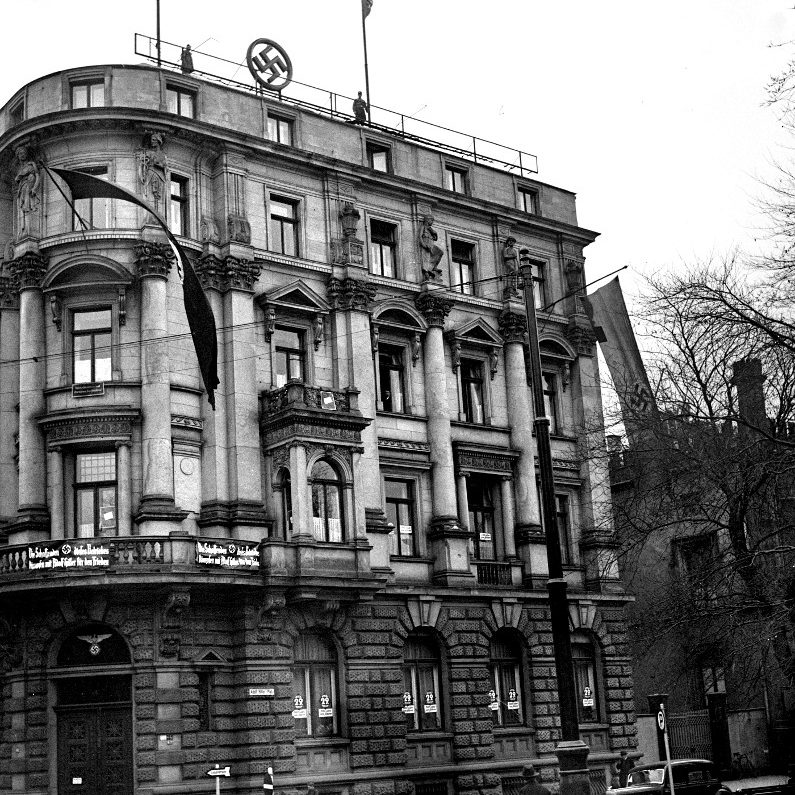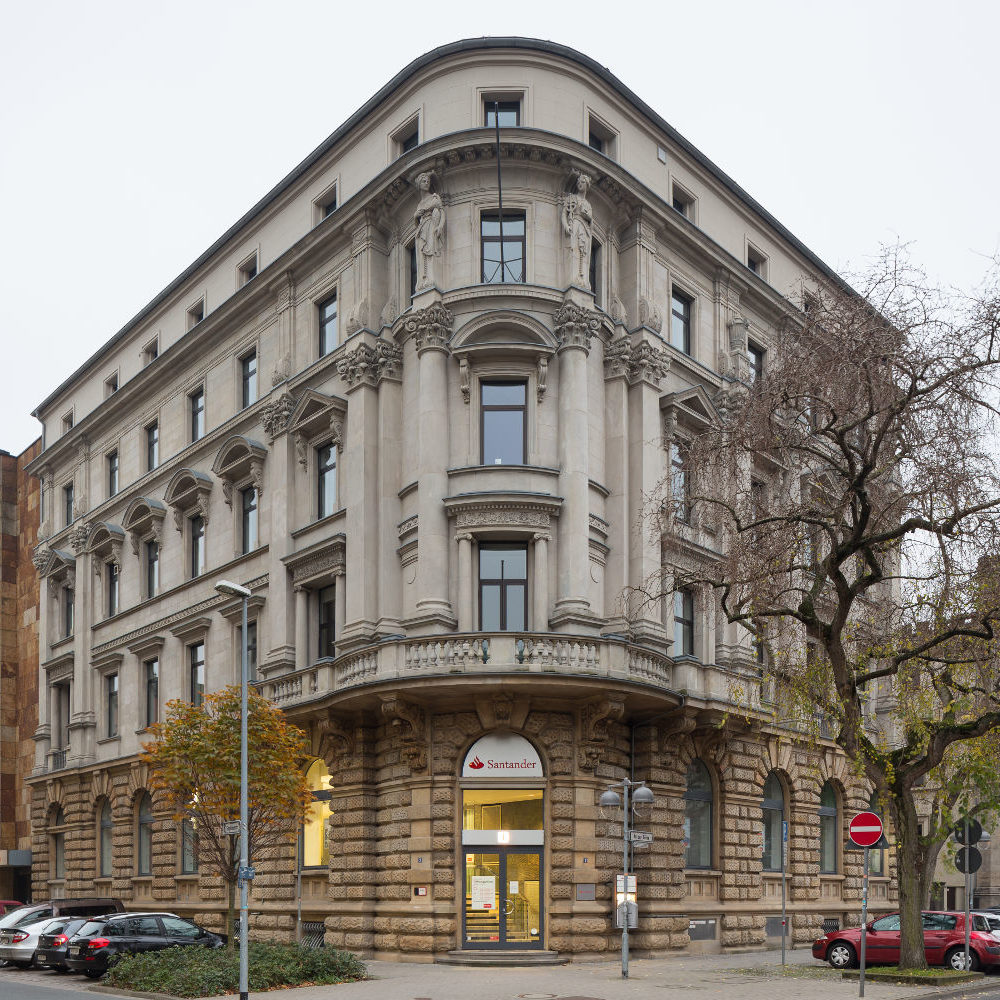A victim of political murder: a ‘Stolperstein’ [literally a ‘stumbling stone’ in the form of a brass plaque] commemorates Willy Scheinhardt at the former headquarters of the German Factory Workers’ Union [‘Fabrikarbeiterverband’ abbreviated to FAV]. Born in Saxony in 1892, this unskilled labourer was already active in the trade union and SPD before the First World War. The Gestapo murdered the resistance fighter.
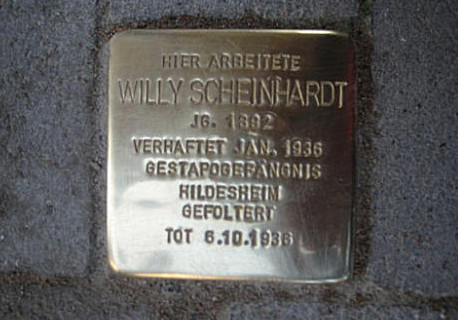
Headquarters of the German Factory Workers’ Union
From 1925 to 1933, Willy Scheinhardt was the Gauleiter [regional leader] of the Factory Workers’ Union in Hanover. The Union was founded in 1890 in an official ceremony held in the Ballhof assembly hall in the Hanover Altstadt to represent the interests of unskilled workers in new industrial sectors, such as the chemical, rubber and paper-manufacturing industries. This organisation is the forerunner of the modern-day IG BCE [‘Industriegewerkschaft Bergbau, Chemie, Energie’], the industrial union for the mining, chemical and energy industries.
Just after the First World War more than 602,000 members are organised in the Union; this makes it the fourth-largest trade union in the General German Trade Union Confederation [‘Allgemeiner Deutscher Gewerkschaftsbund’].
Occupied by force
The building was built around 1900 for a bank and in February 1930 is acquired by the trade union as their central administration office. Willy Scheinhardt moves in with his wife and daughter. Also living here are Richard Partzsch, a member of the Reichstag, and a concierge. On 1 April 1933, not long after they move into the trade union headquarters at Goseriede, the building is raided by armed National Socialists.
Murder in Gestapo detention
When the Gestapo break up the Hanover resistance group “Socialist Front”, Willy Scheinhardt is also arrested and taken to the Gestapo prison in Hildesheim on the pretext of high treason. Here, on 6 October 1936, men from the Gestapo torture him to death because he “most likely did not make a full confession”, commented the state public prosecutor afterwards. His grave lies in the cemetery at Hanover-Ricklingen.
The Stolperstein Project
“A human being is only forgotten when his or her name is forgotten”. This philosophy underpins the idea of the Stolpersteine [literally ‘stumbling stones’]. The Cologne artist Gunter Demnig sets these in pavements and sidewalks in front of the last place of residence which that individual had chosen freely before he or she fell victim to the Nazi regime. They consist of small brass plaques engraved with the name, biographical data, place the person was deported to and where they died. The Stolperstein Project brings biographies that were erased in the period of the Nazi terror into the daily lives of our towns and cities – right back to where the people once lived. In Hanover there are some 300 Stolpersteine at numerous sites around the city. They commemorate Jews and Sinti, the politically persecuted, victims of the Nazi euthanasia programme, and soldiers sentenced to death on a charge of “undermining military morale” [“Wehrkraftzersetzung”] or desertion.
Additional online information
Wikipedia entry Willy Scheinhardt [in German]
Heide Kramer Willy Scheinhardt.The fate of a social democratic resistance fighter [in German]
Culture of Remembrance Stolpersteine in Hanover
The Stolperstein Art Project Website
Further reading: Click here
Texts and images: Michael Pechel

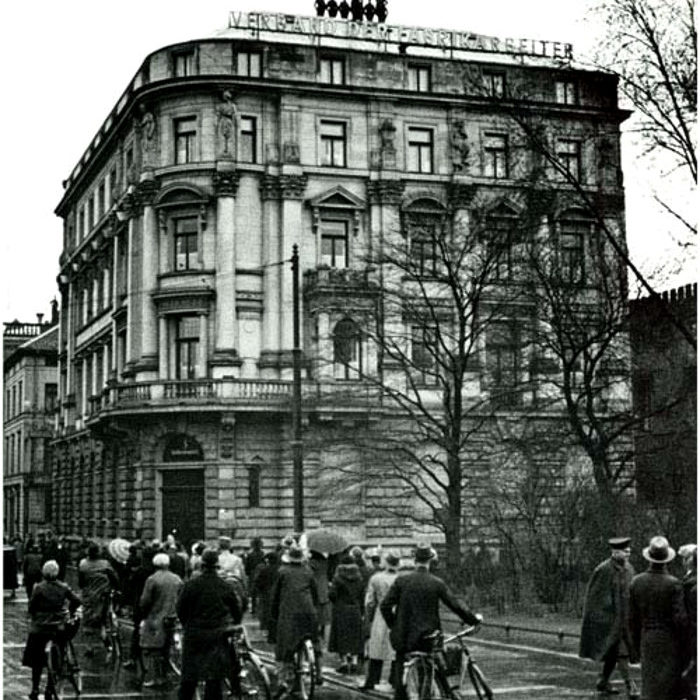
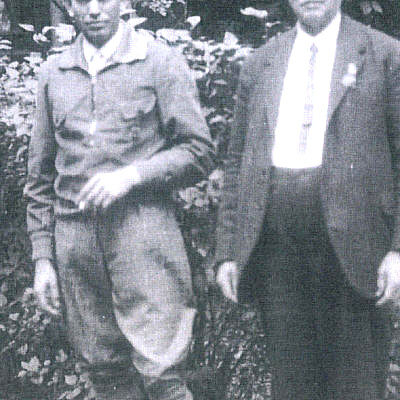
![Inscription on the commemorative plaque: On 1 July 1890, the "Verband der Fabrikarbeiter Deutschlands" [Factory Workers' Union of Germany] was founded as a trade union for unskilled workers in the Ballhof in Hanover. After the National Socialists had crushed the "Factory Workers' Union of Germany" on 2 May 1933, the Chemical, Paper and Ceramics Industrial Union was founded in Hamburg-Harburg on 17 December 1946. The headquarters of this union has been in Hanover since 1890.](https://zukunft-heisst-erinnern.de/wp-content/uploads/2020/02/ballhof_13-1000x1000.jpg)
